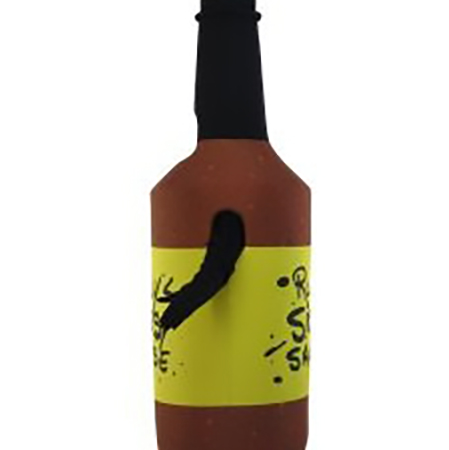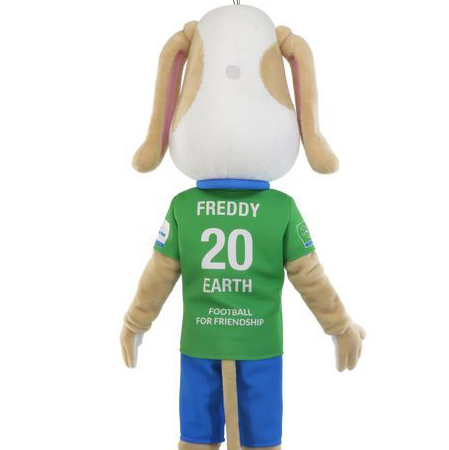Producing mascot costumes, while undeniably fun and engaging, presents a unique set of sustainability challenges. The vibrant materials and intricate designs often result in high resource consumption and waste. However, there are ways to address these issues and make the production process more eco-friendly.
One of the primary challenges is the choice of materials. Traditional fabrics used for mascot costumes, such as polyester or nylon, are typically derived from petrochemicals and have significant environmental footprints. Additionally, the manufacturing process often involves chemical treatments that can be harmful to both workers and the environment. To mitigate this issue, manufacturers can opt for organic or recycled fabrics. For instance, organic cotton or bamboo blends offer sustainable alternatives that reduce reliance on fossil fuels and minimize chemical use.

Another challenge lies in the production phase itself. Conventional methods frequently rely on energy-intensive processes and generate considerable waste. Adopting more sustainable practices, like using renewable energy sources, can significantly lower carbon emissions. Furthermore, implementing circular economy principles, such as designing for disassembly, helps in recycling components once the costume’s lifecycle is over, thus reducing overall waste.
Logistics also play a crucial role in the sustainability of mascot costume production. Shipping bulky and often oversized costumes can lead to substantial carbon footprints due to air travel or long-distance trucking. Localizing production to reduce transportation distances can help address this issue. Collaborating with nearby suppliers not only cuts down on emissions but also fosters local economies and reduces the risk of supply chain disruptions.

Additionally, the lifecycle of mascot costumes presents another area for improvement. Many costumes are designed for short-term use and often end up discarded after events. Designers can prolong the usability of costumes by incorporating modular designs that allow for easy updates, repairs, and reconfigurations. This adaptability ensures that costumes remain functional and relevant across various occasions, extending their lifespan.
Educating consumers about the importance of sustainability in mascot costume production can drive demand for eco-friendly options. Transparent communication regarding the environmental impact of costume choices encourages customers to prefer sustainable products. Schools, sports teams, and corporations can play a significant role by adopting greener mascot costume practices and setting an example for others.

In conclusion, achieving sustainability in mascot costume production is a multifaceted challenge that requires thoughtful consideration of material selection, manufacturing processes, logistics, and consumer behavior. By integrating eco-friendly materials, adopting sustainable production practices, minimizing transportation impacts, and designing for longevity, it is possible to produce mascot costumes that are both vibrant and responsible. Through collective effort and awareness, the future of mascot costumes can be both colorful and sustainable.

